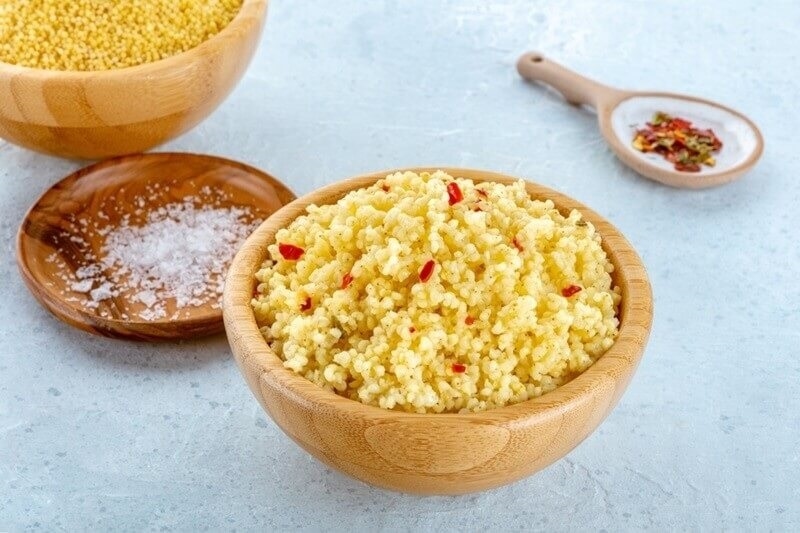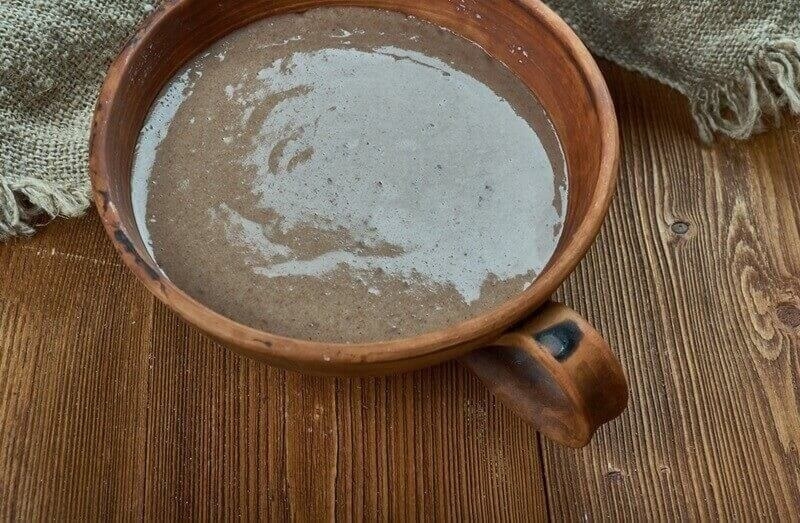
When people think about healthy diets, they usually focus on foods such as oats, quinoa, or brown rice. Africa is, however, a continent with its indigenous grains, which have been consumed for ages. These traditional foods are full of vitamins, minerals, and natural fiber. The truth is that more and more people are starting to realize the nutritional value of African grains, and the reason is that they not only provide health benefits but also bring cultural heritage to the table.
Millet, sorghum, and fonio are among these grains that are naturally gluten-free, easy to digest, and nutrient-rich. Without losing the traditional taste, they can be integrated into contemporary diets. Let's look at why these grains are unique to present-day diets and ways to enjoy them at your place.
The choice of cereals in Africa is not only about satisfying hunger. They provide essential nutrients that keep the body in good health. Unlike purified grains, these cereals are complete, which means that they retain their fiber and their natural goodness.
Most of these grains are drought-tolerant and can grow even in harsh weather conditions; hence, they are always available as a source of food. Due to this, the issue of African grain nutrition is inseparable from food security. Agriculturists on the continent have relied on these grains during famine periods, as they are resilient, nutritious, and versatile.

Millet is one of the most widely grown grains in Africa. It has been the foundation of food for centuries, and it continues to make its contribution to the present day. Though millet is tiny in size, it is big in nutrition. It contains iron, magnesium, and B vitamins, among other things, all of which keep the body energized and strong.
Millet has so many health benefits in the African diet. For instance, millet can be consumed by diabetics, as it has a low glycemic index; that is, it does not raise blood sugar levels rapidly. It can also be eaten by people who have gluten intolerance since it is gluten-free.
Millets are a staple food for families across Africa, which is used to make dishes such as porridge, flatbreads, and even some beverages. Additionally, millet, because of being both filling and light at the same time, is a good option for children as well as adults. Actually, millet porridge is mostly used as the first solid food of young children.
Ingredients:
Steps:
Another wonderful grain is sorghum. It is also one of the oldest grains in Africa, and it can be cultivated in dry areas where other crops cannot survive. Sorghum is naturally packed with antioxidants, fiber, and plant-based protein.
The health benefits of sorghum are numerous. It has the power to protect the heart, control weight, facilitate digestion, etc. Besides that, sorghum is also a gluten-free product that makes it a safe alternative for those who are intolerant to wheat.
Women use sorghum for making porridge, wine, and flatbreads all over Africa. In some locations, it is employed for the preparation of the local alcoholic beverages. Therefore, sorghum is a multi-use and reliable grain because of its different forms of preparation.
Ingredients:
Steps:
Fonio is significantly less known outside Africa, but it is gradually becoming recognized as a superfood. It is the smallest grain in the world, yet it is very quick to cook and has a nutty flavor. Fonio is loaded with amino acids, which are essential for the growth of muscles and tissues.
There are numerous fonio grain recipes that demonstrate how versatile this cereal can be. It is possible to cook it like rice, turn it into porridge, or add it to salads. In West Africa, fonio is generally consumed as a light dish similar to couscous.
Ingredients:
Steps:
More and more people all over the planet are looking for gluten-free foods. In their favor, most African cereals of long-time tradition happen to be gluten-free by nature. Millet, sorghum, teff, and fonio make up the perfect examples.
African gluten free grains are safe alternatives for those suffering from celiac disease or gluten intolerance. Unlike wheat, they neither lead to digestive problems in sensitive individuals nor make the sensitive ones. On the contrary, they provide proteins, fibers, and important minerals.
Ingredients:
Steps:
The history of African cuisine is incomplete without mentioning traditional African cereals. These grains are not just food items – they are the characters of history, culture, and identity. Recipes have been passed on by communities, from ancestors to offspring, thus making every grain alive in memory and practice.
Millet is used during ceremonies, fonio is eaten on festive occasions, and sorghum is used in both everyday cooking and rituals. These grains are the symbols of determination, as they have been the source of survival for families during droughts, famines, and changing times.
Ingredients:
Steps:
African grains are rich in nutrients and represent culture, strength, and sustainability. Be it the benefits of millet in the African diet, the amazing sorghum health benefits, or the creative fonio grain recipes, these foods turn out to be true winners in every bite.
Next time when you are planning to add some variety to your diet, don't forget these grains. They are easy, inexpensive, and full of life-giving energy. Indeed, the power of African grains is a gift to the world that is worth sharing.
This content was created by AI